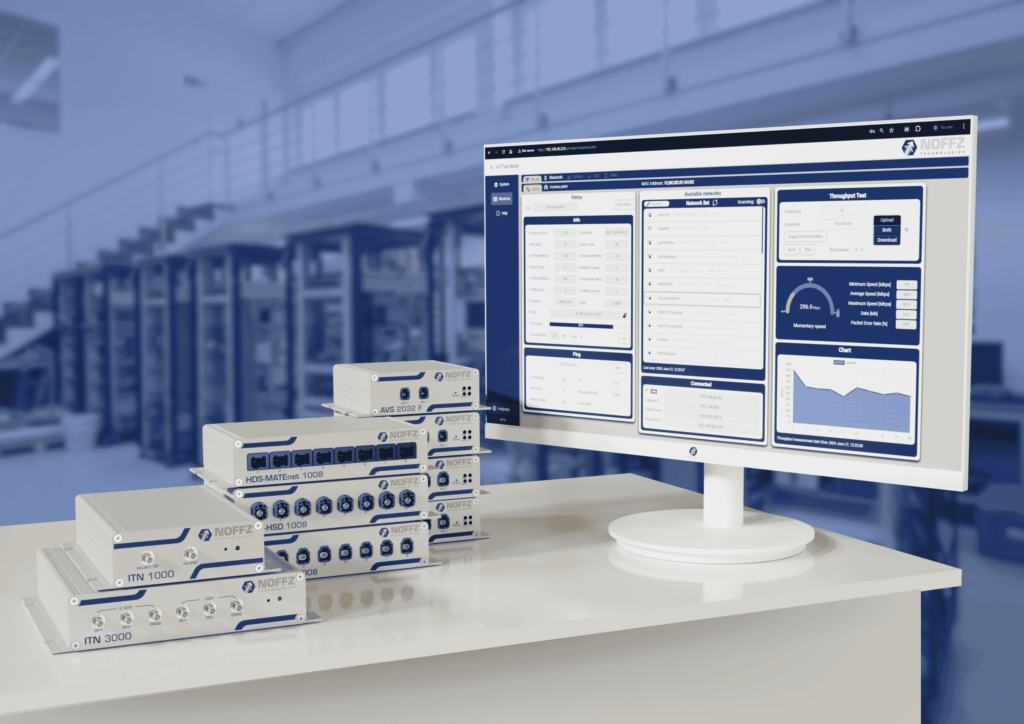Mátyás Süveg, R&D and General Manager, NOFFZ Technologies
In the near future, we are going to wake up in a connected world where–well, I can’t tell whether the coffee machine is automatically preparing your favorite hot drink, or you need to manually fight your way through the process – there will simply be less trouble with your morning. While enjoying that hot drink, you can get a perfect forecast of traffic conditions on the way to your workplace and while you’re waiting for the shared ride arriving at your doorstep, you’re not going to read about traffic accidents.
You won’t have to worry about forgetting your kid’s lunchbox at home and carrying a wallet or keys—which often go missing at the worst moment—will become unnecessary. Although the weather forecast may still not work for more than 5 minutes ahead, at least your wearables can notify you about a delicately tuned nutrition plan for the day based on your real-time biometrics.
Absolutely everything will be connected to create a less stressful, safer and healthier life in a maintainable world. And this kind of luxury comes at the cost of a great deal of trust. We must place our trust in core technologies, software, tech product, transportation companies, governments and many others. So, our philosophy is to let these guys work! Let them focus on what they’re best at and spend their time on the application development and perfecting services instead of dealing with low-level technologies.
TESTING ON APPLICATION LEVEL
This software-driven, connected world is based on advanced technologies – involving high speed, frequency and computation power – that have always been a challenge in testing, due to high costs and complexity.
In rapid development cycles and extremely short times to market, engineers started to question traditional test methods as well. There is an emerging trend where product companies turn away from redundantly measuring components for all parameters. After purchasing a pre-certified, validated electronic component (like a system on a chip, wireless modem, daughter board, CPU, etc.) for their higher-level products, companies can choose to trust the original vendor. Instead of measuring all the low-level parameters again, they can focus on a simpler and more cost-effective application-level test method to ensure the quality of their software, hardware, and production.
NOFFZ Technologies believes that development, prototyping, validation and production testing of high-tech electronic devices in this connected world will always need low-cost, easy-to-use, industry-grade test equipment with support for the latest technologies. When there is no need to run parametric tests with expensive instrumentation again, but it is still important to guarantee end-of-line production quality, to run automated validation tests or hardware-in-the-loop simulation, NOFFZ Technologies offers a product portfolio of application-level test tools.
Considering an example of bringing any smart system, hardware or application on the market as a new product, many engineers use a smartphone for testing, to see how the end-user will interact, control or configure it. It is easy to imagine how difficult it is to run reliable, repeatable and automated tests using a commercial smartphone or equivalent counterpart device.
For those requiring an industrial form factor, reliability and deeper engineering-level access to parameters than a simple counterpart device can provide, then NOFFZ Technologies offers the perfect test tools.
NOFFZ Technologies focuses on designing a wide range of products for automated testing from Wi-Fi and Bluetooth® to Cellular IoT, 5G, UWB to GNSS and V2X. NOFFZ is offering access to all functions through a modern, platform-independent API, and a user-friendly web UI for benchtop applications.
Read the original article from Consumer Electronics Test & Development here
